Food storage mistakes can shorten the life of groceries and waste money, often because of everyday habits that don’t keep food fresh as long as you think. Where you put common items plays a big role in how long they last and how good they taste. With food prices rising, keeping ingredients fresh matters more than ever. Simple changes in how you store what you buy can help groceries stay good longer and cut down on waste without adding extra work.

Tomatoes

Keeping tomatoes in the refrigerator slows ripening but damages their texture and dulls their natural sweetness. The cold air breaks down cell walls and leaves them mealy. Store tomatoes on the counter until they are fully ripe. If you need to hold them a bit longer, move them to the fridge for a short time, then let them return to room temperature before eating to help restore their flavor.
Bread
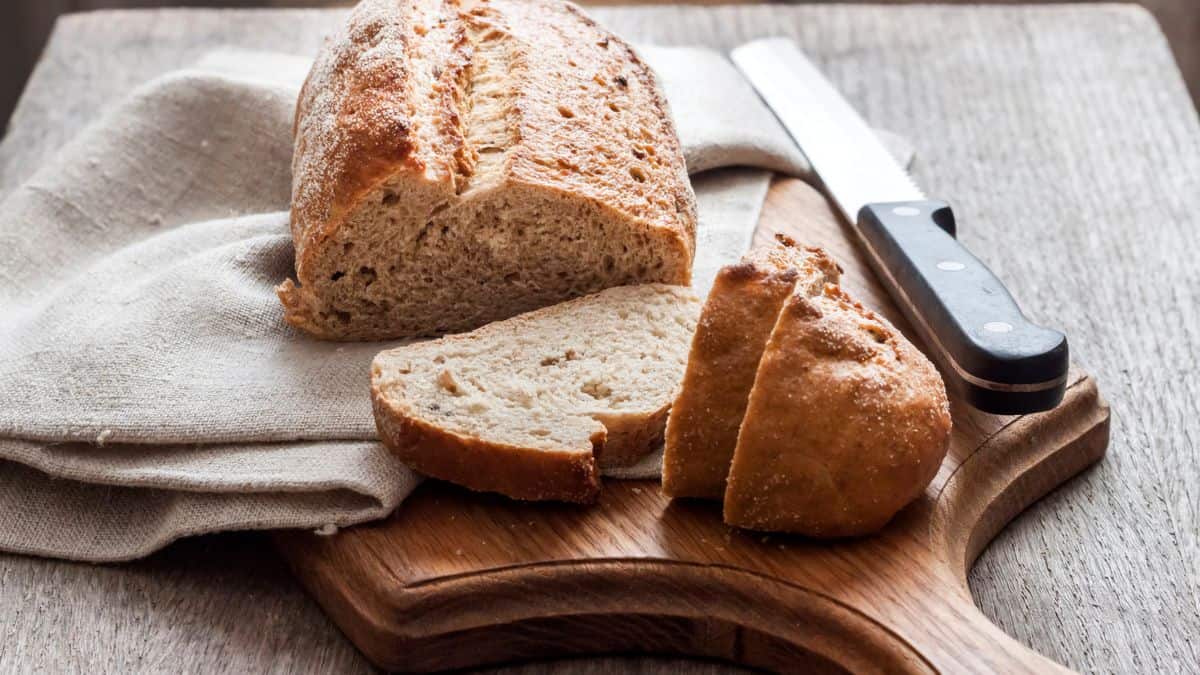
Cold air makes bread stale more quickly by speeding up the natural process that dries out the starches. Instead of the fridge, keep bread at room temperature in a bread box or loosely covered container where air can circulate. For longer storage, freeze sliced bread in an airtight bag and toast or warm individual slices as needed. Freezing keeps texture and flavor intact far better than refrigeration.
Avocados

An unripe avocado needs time at room temperature to soften and develop its creamy texture. Refrigeration halts that process and can leave the fruit hard and flavorless. Once an avocado reaches the perfect stage of ripeness, you can transfer it to the fridge for a few extra days of freshness. Keep it away from bananas or apples, which release ethylene gas that speeds ripening.
Potatoes
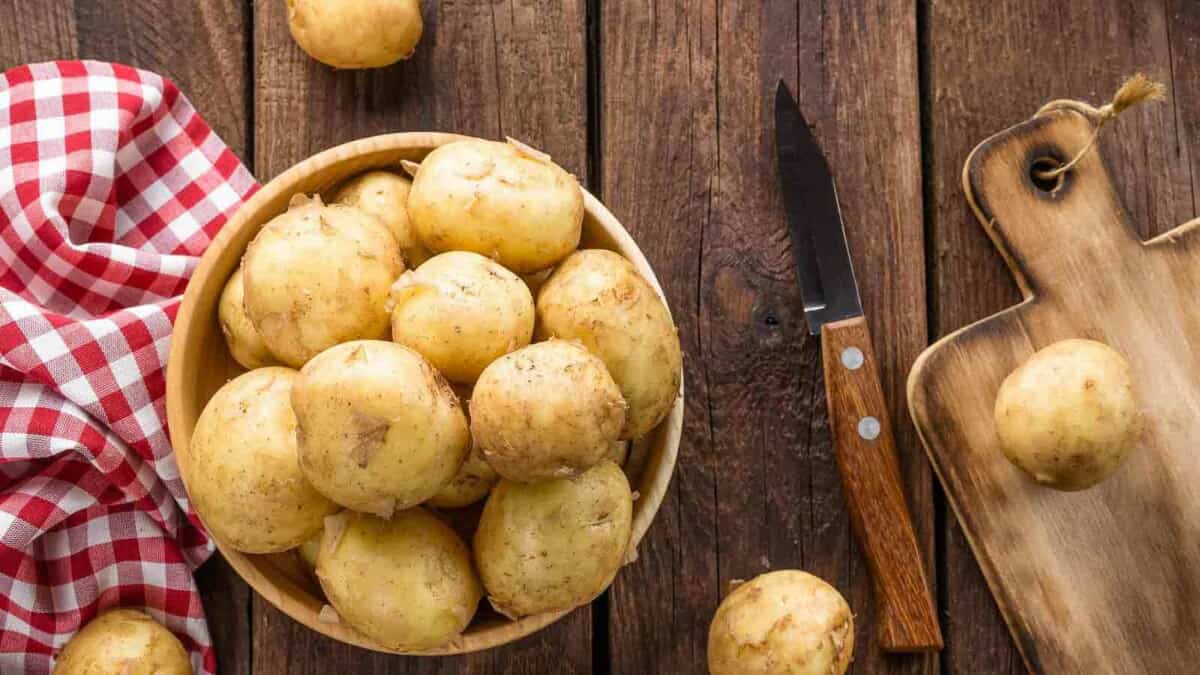
Potatoes exposed to refrigerator temperatures convert their natural starch into sugar. This changes their taste and can cause dark spots or uneven cooking. They also sprout faster when stored near onions. The best spot is a cool, dark, dry area such as a pantry or cellar. Use a breathable bag or basket so air can circulate and moisture cannot build up.
Garlic

Garlic cloves need air circulation and dry conditions to stay firm and flavorful. The moisture inside a refrigerator encourages mold and premature sprouting, which dulls taste and shortens shelf life. Store whole bulbs in a mesh bag or open basket in a cool, dry cabinet. Once peeled, keep individual cloves in a sealed container in the fridge and use them within a few days.
Honey
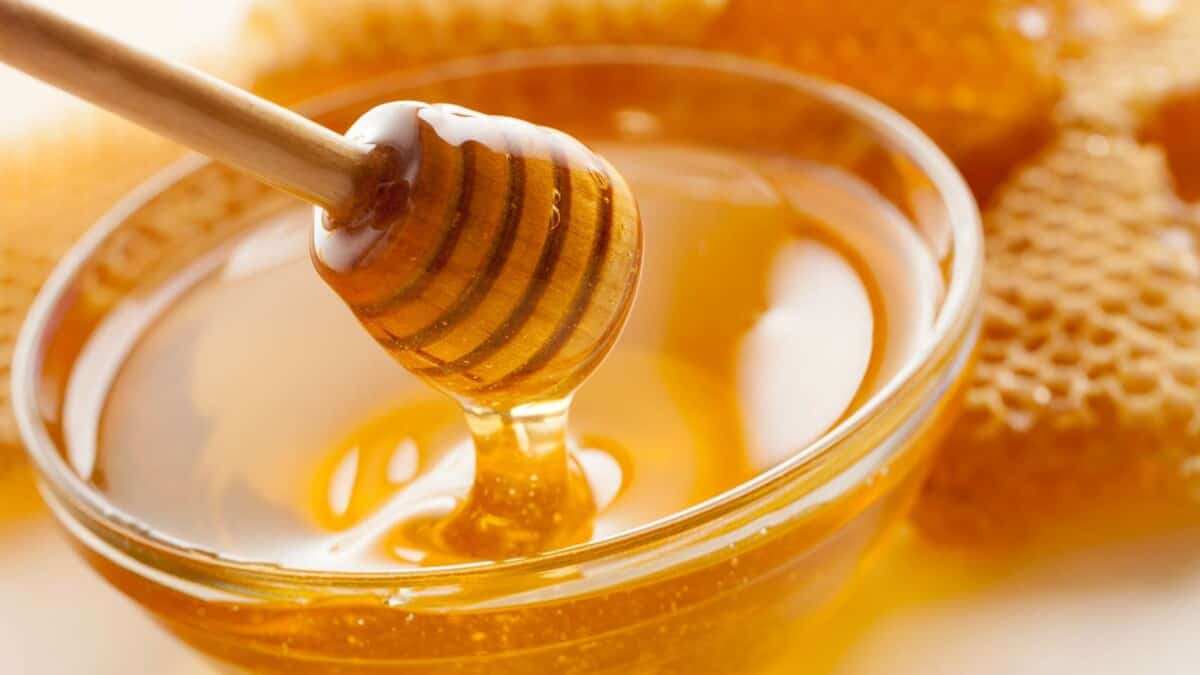
Honey’s natural sugars and low moisture mean it almost never spoils, but cold storage causes crystals to form and thicken the texture. A tightly sealed jar kept in a cool cupboard is all honey needs to stay smooth and pourable. If it does crystallize over time, gently warm the jar in a bowl of hot water to bring back its liquid consistency without affecting flavor.
Bananas
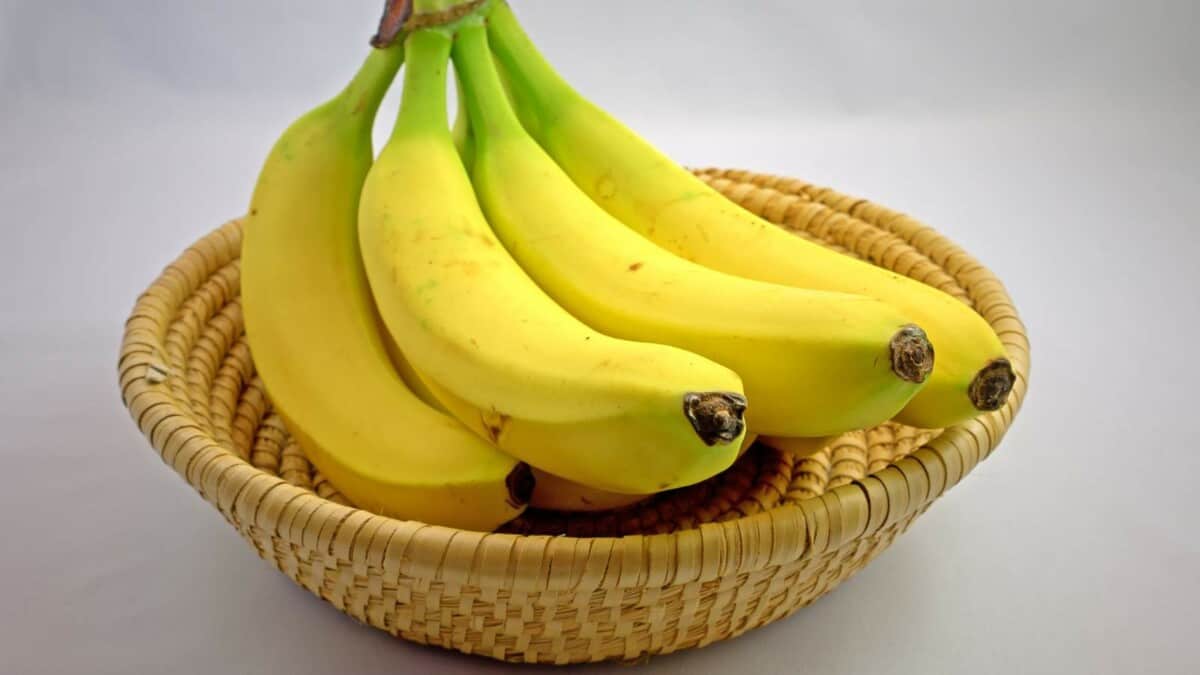
Bananas ripen best in a steady, room-temperature environment. Refrigerating them interrupts the natural ripening process, turning peels black and making the fruit soft before it fully develops flavor. Keep bananas on the counter away from other fruit to slow ripening. When they reach peak ripeness, freeze peeled bananas for smoothies or baking to extend their life without compromising taste.
Coffee Beans

Coffee beans absorb moisture and odors, and the temperature swings of a refrigerator or freezer cause condensation that damages their natural oils. This leads to flat, stale flavor. Store beans in an opaque, airtight container at room temperature in a cool cupboard, away from light and heat. Grind only what you need right before brewing to protect the beans’ complex aromas.
Onions

Whole onions keep best in a dry, ventilated spot such as a pantry shelf or mesh bag. A refrigerator’s moisture encourages mold and makes onions soft. Once an onion is cut, store the pieces in a sealed container in the fridge and use them within a few days. Keep whole onions away from potatoes, since gases released by potatoes can cause faster spoilage.
Cucumbers
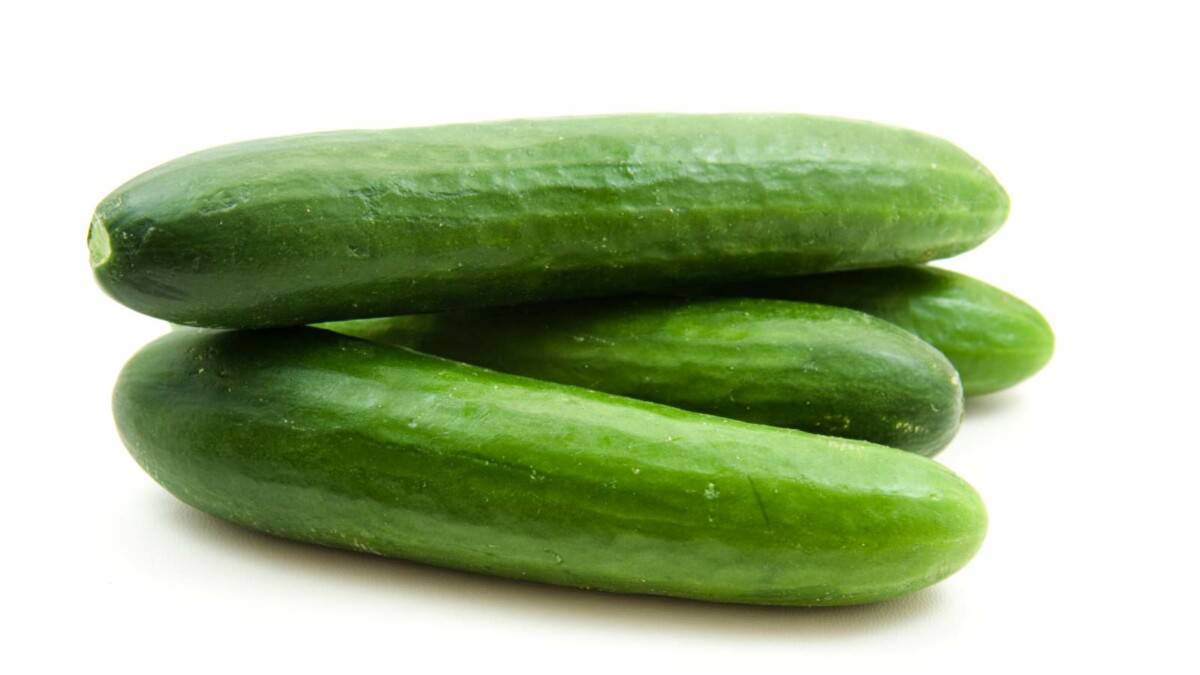
Cucumbers are sensitive to cold and can lose their crunch when stored in the fridge for long periods. Low temperatures make the flesh watery and dull in flavor. Keep cucumbers on the counter and eat them within a few days for the best texture. If you need to refrigerate them briefly, place them in the crisper drawer and separate them from fruits like apples or bananas that give off ethylene gas, which can speed up spoilage.
15 Foods That Don’t Belong in the Refrigerator

Ever tossed something in the fridge, just because it seems like the safe thing to do? You might be surprised to learn that not everything benefits from the cold embrace of your refrigerator. In fact, there are quite a few foods that would rather stay at room temperature, thank you very much. Let’s take a look at 15 common kitchen staples you’ve been chilling, but really shouldn’t be.
Read it Here: 15 Foods That Don’t Belong in the Refrigerator
12 Leftover Hacks To Make The Most Of Your Food

We’ve all been caught staring into the fridge at the sad remains of last night’s dinner, wondering if those limp carrots can be salvaged or that forgotten yogurt is best suited for the trash. But before you toss those potential ingredients, hold on! With a few clever tricks, you can transform those leftovers and forgotten bits into delicious new meals.
Read it Here: 12 Leftover Hacks To Make The Most Of Your Food
*Select images provided by Depositphotos.
Gina Matsoukas is an AP syndicated writer. She is the founder, photographer and recipe developer of Running to the Kitchen — a food website focused on providing healthy, wholesome recipes using fresh and seasonal ingredients. Her work has been featured in numerous media outlets both digital and print, including MSN, Huffington post, Buzzfeed, Women’s Health and Food Network.








